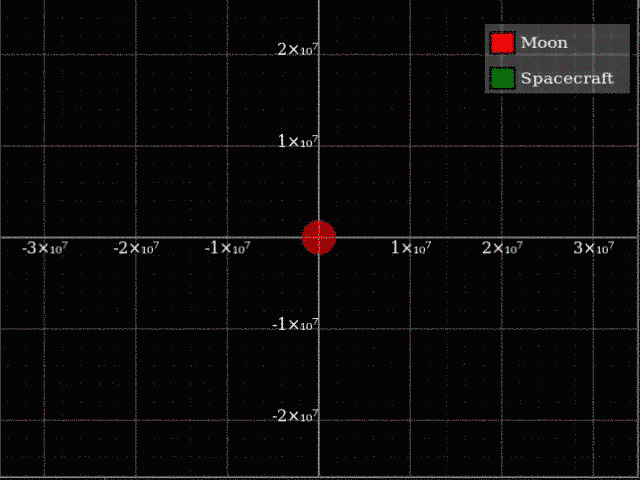http://nbviewer.jupyter.org/gist/leftaroundabout/3955d27877e19be39d0f61fdafce069e
Barely achieving escape velocity means you take a parabolic orbit. The thing with parabolic orbits is that they actually approach zero speed as you depart to infinite distance from the starting body.

That is, zero speed with respect to the starting body's frame of reference, i.e. in this case in the frame of reference of the moon. But, that's not zero speed in the frame of reference of the earth, or of the sun – seen from these, it's the same velocity as the moon itself. That's the reason the Parker Solar Probe required the huge rocket Delta IV Heavy: escaping earth was only part of the $\Delta v$, the interesting part is getting rid of the motion you inherit from Earth.
Actually though, parabolic orbits only exist in a true 2-body system. In reality, you don't keep reduce your speed to zero, because the Earth isn't that far away and immediately will influence the orbit. In particular if you start tangentially away from the forward-facing moon surface, heading away from Earth, then the retrograde-facing parabolic escape will give Earth time to “pull the spacecraft closer” while it has less than the Moon's speed. As a result, the orbit will actually have a substantially lower perigee than the Moon:

You could now cleverly fine-tune this so after four orbits or so, you get another close approach to the moon that will then slingshot you right into Earth.
But since neither the Moon or Earth are very massive, it's actually more practical to just pack in some extra $\Delta v$, to start out with a hyperbolic trajectory from the moon. Example with $v_0 = 2572\mathrm{\tfrac{m}s}$ (escape velocity is $2375\mathrm{\tfrac{m}s}$):


View of the same trajectory from the Moon:

Sorry for the bad quality GIFs, I can't seem to get them reliably optimised to be accepted by imgur in any other way.




